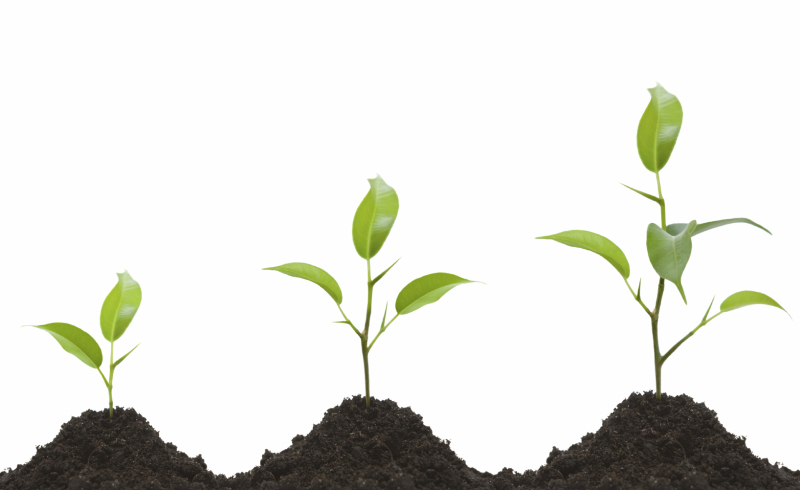
Herb gardens are great for people who love to cook all of their own meals. They allow you to simply pull what you need directly from the plant once you are ready to use it. Most herb gardens are grown from seeds, and you must take care to go through the right steps in order to ensure success. For example, all seeds must go through a germination period. Some gardeners choose to moisten damp paper towels with the seeds wrapped inside. Then they are stored in a dark and warm place. The seeds usually sprout roots within 24-48 hours.
Once the seeds have been germinated, you need to transfer them to soil. Once you do, they will show young sprouts or shoots. This is when your herb garden is most vulnerable. Take care when watering the sprouts so that you do not wash them our or drown them. Lightly mist them with a spray bottle to make sure that they get all of the moisture that they need. Additionally, you need to make sure that they do not get too much sunlight during the early stages of life. Care for your sprouts the way you would care for anything else that is fragile.
Consult online guides and grow books so that you understand when to transfer your new plants to larger pots. If you wait too long to do so, they might become what is called, “root-bound.” This condition is characterized by the roots becoming entangled. They often cut one another off, and this does not allow water or nutrients to reach the plants. When you do transfer them, take care not to touch the tender roots with your bare hands. Handle them with care, and they will grow up to produce plenty of herbs.